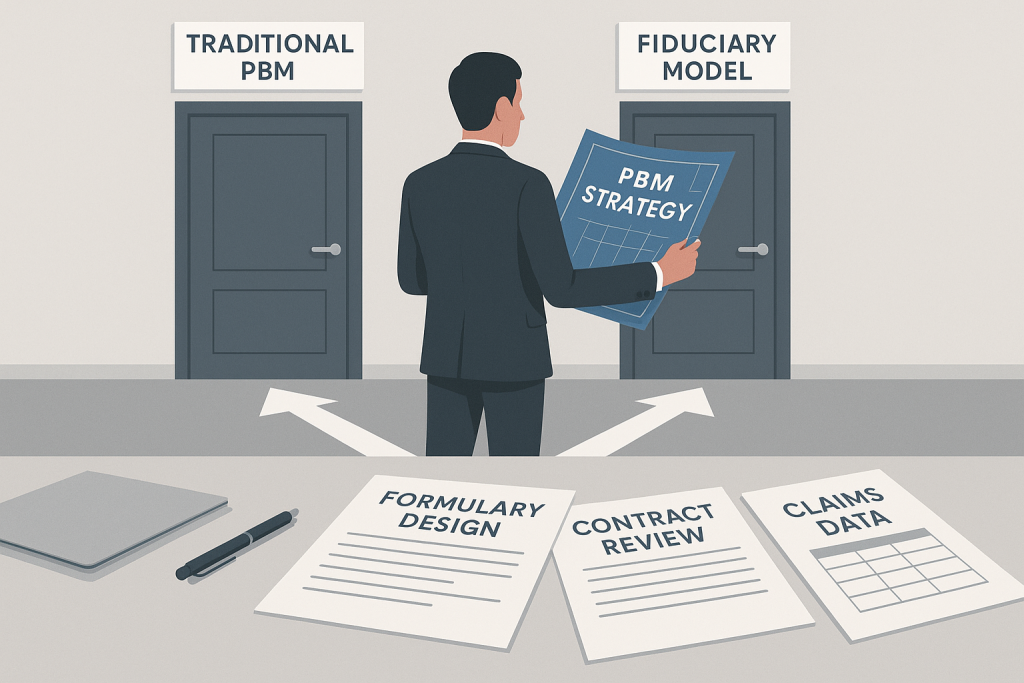SCOTUS declines to hear PBM case [News Roundup]
SCOTUS declines to hear PBM case and other news from around the interweb:
- SCOTUS declines to hear PBM case. The Supreme Court declined Monday to consider an appellate court’s 2023 decision overturning portions of an Oklahoma law regulating pharmacy benefit managers, raising questions about the implications for state actions to rein in the companies’ business practices. The 10th Circuit appeals court ruled that federal laws regulating private employer-sponsored health plans and Medicare’s drug benefit preempt the 2019 state law’s provisions that aimed to bolster independent pharmacies’ bargaining power with PBMs, which help negotiate retail drug prices between drugmakers and payers. Community pharmacies have long panned the middlemen — which are responsible for 80 percent of the market — for steering customers toward pharmacy chains they own.
- CMS head urges PBMs to end drug rebates. CMS chief Mehmet Oz, MD, is calling on the nation’s largest pharmacy benefit managers to voluntarily abandon the current drug rebate model, or risk its elimination by the government, Bloomberg reported June 24. “There’s a possibility that we have a window now where three big PBMs might actually consider doing away with the rebate/kickback system,” Dr. Oz said. The remarks signal that the Trump administration may revive attempts to eliminate the payments drugmakers send to pharmacy benefit managers after prescriptions are filled.
- FTC Issues Warning on Rebates That Block Lower-Cost Drugs. The Federal Trade Commission (FTC) has issued a policy statement outlining its approach to regulating pharmaceutical rebates and fees under Section 5 of the FTC Act. The statement, released on June 8, 2025, focuses on practices that allegedly harm competition in the prescription drug market. Specifically, the FTC highlights concern over rebate agreements and fee structures between pharmaceutical manufacturers and pharmacy benefit managers (PBMs), which it claims may unfairly exclude competitors or restrict access to lower-cost drugs.
- How to Create an AI Foundation for Your Benefits Strategy. Employers want to use artificial intelligence-driven analytics to drive up benefits engagement but need the right foundation in place to generate these insights. One in two employers believe that acting on analytical insights will lead to improved employee performance and engagement. It’s therefore unsurprising that employers across the globe are now planning to use AI (artificial intelligence) to generate these insights. More than eight out of 10 (85%) HR professionals plan to use AI in relation to their employee benefits over the next year. The overall goal is to understand their people and tailor employee benefits, communications, and experiences to drive up benefits engagement.
Why TransparentRx Is Your Trusted Partner for Smarter Pharmacy Benefits
At TransparentRx, we specialize in delivering fiduciary pharmacy benefit management services that prioritize transparency, cost containment, and optimal patient outcomes. Our unique approach helps self-funded employers, benefits consultants, and health plan sponsors navigate the complexities of pharmacy benefits while reducing costs and enhancing care.
If you’re ready to take control of your pharmacy benefit strategy and eliminate hidden fees, contact TransparentRx today for a consultation. Let us help you achieve smarter, more effective benefits management.







